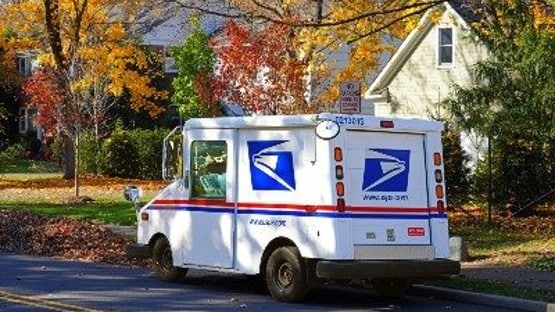
Total spending for Halloween expenses is projected to reach $10.6 billion this year in the United States.
With the ghastly holiday coming on Monday, personal finance website WalletHub released its 2022’s Best Places for Halloween report.
WalletHub’s report hopes to help Americans decide where to spend the most spook-tacular time of the year without frightening their bank accounts. The website compared the 100 largest U.S. cities across 22 key metrics. Data include candy and chocolate stores per capita, average price per Halloween party ticket and share of potential trick-or-treat stops.
The best place in America for Halloween is New York City, followed by San Franscisco, Miami, Los Angeles and San Diego.
WalletHub gathered some facts about Halloween, including that Americans will spend $3.6 billion on costumes in 2022 and $3.1 billion on candy.
Thirty-four percent of parents think that age 13 or 14 is old enough for children to trick-or-treat alone. Eighty-six percent of parents admit to stealing candy from their children.
The annual revenue from ticket sales for haunted attractions is more than $300 million, and 80 percent are run by charities.
Experts commented on how the process of collecting and allocating Halloween candy be can used to teach children about personal finance.
“Lessons on personal finance need to be age appropriate. For younger children, learning basic skills in the areas of mathematics, logic, and executive function skills are the building blocks of personal finance,” Dr. Martha Buell, professor and CEI Senior Faculty Fellow for Engaged Scholarship at the University of Delaware, said in a press release. “Families can start children off by involving them in the decisions about decoration and candy purchases, pointing out costs and quantities. In many places, pumpkins are sold based on price per pound. Pointing out how weight is connected to measurement is a learning opportunity. Involving children in purchasing decisions and making the decision-making process transparent is always a good idea. Post-Halloween, once the treats are collected, mathematics can also come in the form of having children count and sort their candy.”
According to Luke Erickson, associate professor at the University of Idaho, Boise Center, children have natural personalities for money, and parents have a great learning opportunity when it comes to watching how they handle “their Halloween booty.”
“At its most basic form, children are either naturally ‘spenders’ or ‘savers.’ Once a parent gains a better idea of their children’s money personalities — and they will all be different — the parent can begin to provide some structure around how the candy is eaten, shared and given away,” Erickson said in the press release. “Setting guidelines could include a piece of candy given away or shared for every two eaten. Or, only allowing it after homework and chores are done and in limited quantities to teach about delayed gratification. And, do not forget the opportunity to teach kids about taxes. ‘Dad tax’ is what we call it in our house. So, Dad helped pay for the costumes, shuttle the kids around, and fix the cheap costume malfunctions throughout the night, so Dad rightfully gets his percentage of the candy.”
What are some strategies for celebrating Halloween without breaking the bank?
“When brainstorming Halloween costumes, consider reusing items you already own before purchasing something new,” Dr. Andrew Burnstine, associate professor at Lynn University, said. “Oftentimes, children have dress-up clothes at home that can be repurposed for Halloween. Parents or grandparents may have items that can be reused or restyled to create Halloween costumes as well. The most creative and unique costumes are typically homemade instead of purchased from a boxed retailer. Other options would be to thrift costumes or use character pajamas rather than a pricey ‘ready-to-wear’ costume. This extends the costume’s purpose after Halloween and stretches your investment from a few hours of trick-or-treating to something children can use and enjoy for months to come.”
Buell said that Halloween has become adult-oriented, much like New Year’s Eve, which allows for the availability of elaborate decorations and costumes that are costly.
“This means setting a budget and sticking to it is important. Again, families can involve their children in setting the total amount of their Halloween celebration and creating a budget for decorations, costumes, and giving away treats. DIY options are often more cost effective, so if a child reaches their maximum allocation for their costume, suggest they fill in with something they make themselves. This is especially appropriate for children who are a bit older. The one area where homemade does not work is with the treats to give away. Parents are very dubious of consumables without proper unopened packaging,” Buell said.










